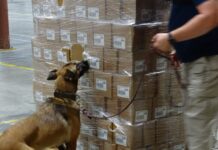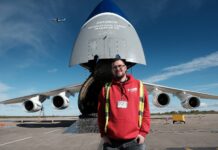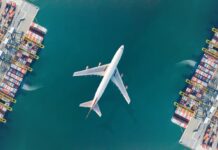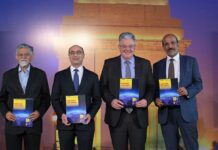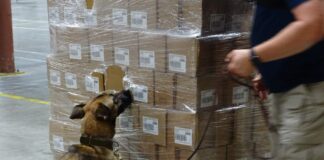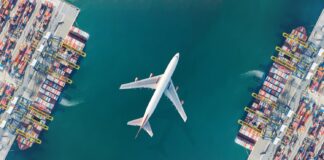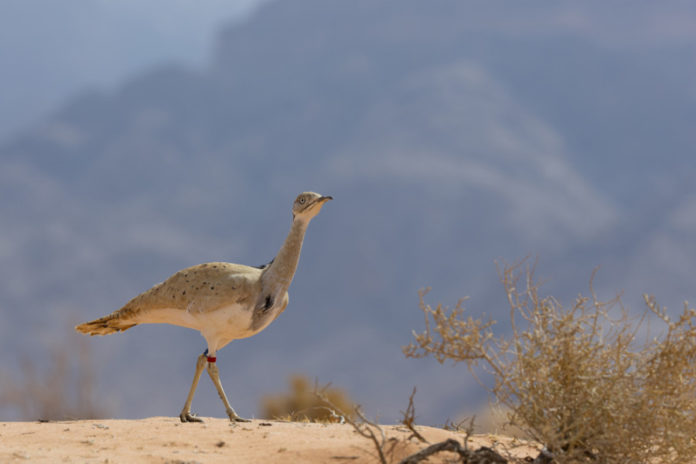

Etihad Cargo and the International Fund for Houbara Conservation (IFHC) have transported more than 100 vulnerable Houbara bustards for release into their natural environment.
The venture is part of the Sheikh Khalifa Houbara Reintroduction Programme, which began in 2014, and in 2017 alone more than 2,000 birds were transported safely to countries in Asia and North Africa, which have more hospitable environments.
In the past three years, the partnership between the two organisations has led to the successful relocation and integration into the wild of more than 3,000 Houbara across the world.
The Houbara are bred in centres in Abu Dhabi managed by IFHC and then released into their natural habitat in countries across the world.
IFHC has developed protocols based on ecology on the breeding and release of the Houbara, and every release site is studied to ensure the birds have the optimal chance of survivial.
Etihad Cargo vice president, Justin Carr says: “Our motto is ‘From Abu Dhabi to the world’ and it is literally the case with our partnership with IFHC. It is an honour to be able to safely transport the Houbara to countries where they can thrive, and play a small part in Abu Dhabi’s project of restoring this iconic species in the wild.
Etihad Cargo has a strong record of safely transporting animals around the world – be it returning vulnerable or endangered species to their natural habitat or reuniting pets with their families.”
IFHC director general, Mohammed Saleh Al Baidani says: “The range of the Houbara stretches from Morocco to Mongolia, so it is critical that we are able to move the birds from Abu Dhabi to countries across the species’ range safely and securely.
“Etihad Cargo has proved itself in terms of destinations and security, and together we are helping restore the iconic Houbara to countries where it has been in historic decline.”
The Houbara programme in Abu Dhabi was initiated by Sheikh Zayed bin Sultan Al Nahyan to restore sustainable wild populations of the species to the areas of the world where they were under threat of extinction.


